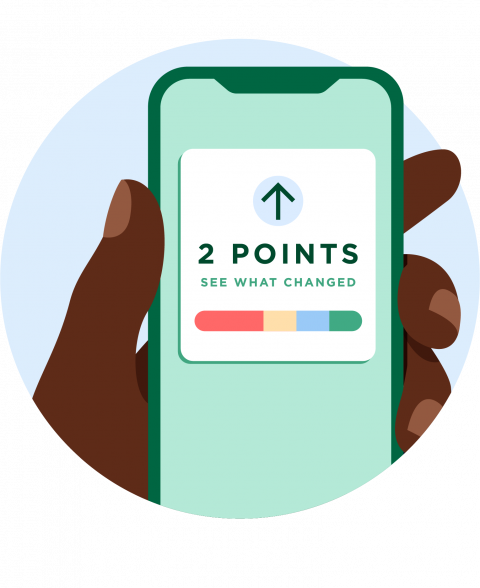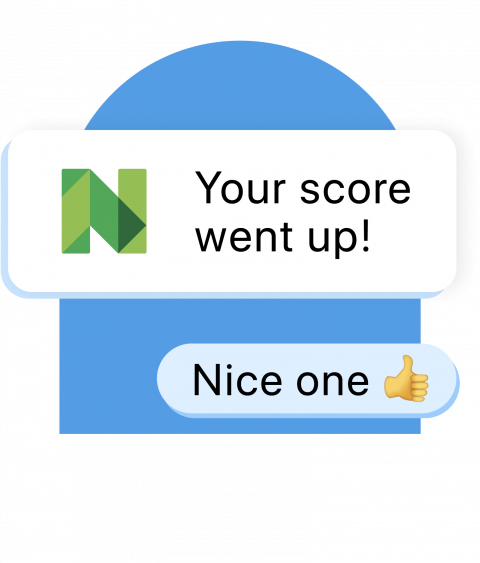When Will My Credit Card Debt Appear in My Credit Report?

Many or all of the products featured here are from our partners who compensate us. This influences which products we write about and where and how the product appears on a page. However, this does not influence our evaluations. Our opinions are our own. Here is a list of our partners and here's how we make money.
Credit card-wielding shoppers may be curious to find out how soon purchases will be reflected in their credit reports. Here’s a closer look at how and when your credit card debt will show up on your credit reports.

Credit reports 101
You probably know that your credit reports dictate your rates on loans and insurance, but grasping what reports actually consist of can be more challenging.
As well as listing all of your past and current credit accounts, along with the dates they were opened and closed, credit reports also show lenders your payment history, the amount of every loan you’ve ever taken out, any past bankruptcies or foreclosures — and your current balances.
These reports are not only closely scrutinized by lender and insurance companies, but they might also be provided to potential employers and landlords to help them get a better sense of your financial trustworthiness. A landlord may bump up your security deposit if he or she was unsettled by something in your credit report — for instance, a high credit card debt total.
» MORE: How to read your credit reports
Credit reporting timing
Since your balance will fluctuate as you accrue and pay off your credit card debt, it’s hard to know for sure which snapshot of your balance will show up in your reports. Credit card issuers and other creditors typically forward information, like your total credit card debt, to the credit bureaus once a month. The day on which they do so depends entirely on the creditor.
Let’s say you did a lot of holiday shopping the weekend before Christmas. Those charges would be in January’s statement, and a balance from that time period would show up in your credit report sometime between mid-January and early February. Whether or not your gift shopping credit card debt will be included in that balance depends on your ability to pay off your debt before your creditor reports it to the bureaus.

Final word
So if you’re thinking about applying for a car loan or mortgage in the near future, start keeping your balances reasonable a couple of months ahead of time. You’ll want to spend less than 30% of your available credit to have a healthy credit utilization ratio. If your balances are too high, you may be seen as more of a risk, limiting your access to more affordable loans, credit cards or housing options and possibly lowering your credit score.
You can sign up for a NerdWallet account to track your overall and per card utilization, which is updated weekly.

